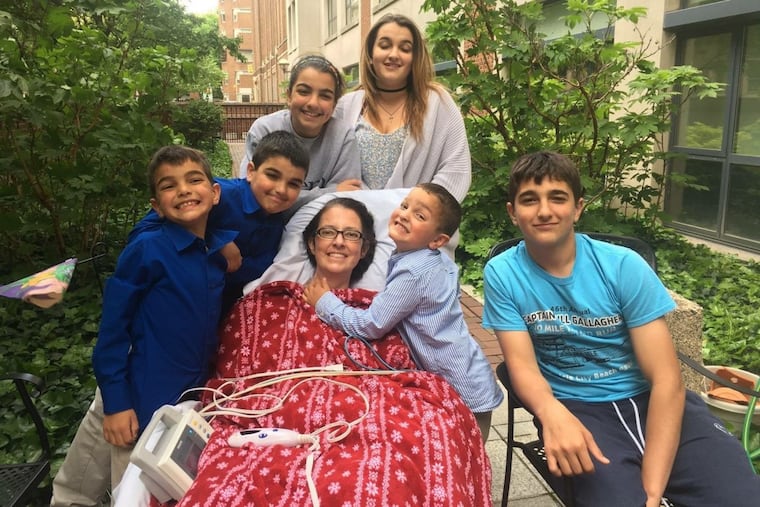FDA affirms warning against surgical device blamed for spreading uterine cancer
After reviewing the latest research, the U.S. Food and Drug Administration on Thursday reaffirmed its 2014 warning that power morcellators should rarely be used in gynecological surgery because of the small risk of spreading a hidden uterine cancer.

After reviewing the latest research, the U.S. Food and Drug Administration on Thursday reaffirmed its 2014 warning that power morcellators should rarely be used in gynecological surgery because of the risk of spreading a hidden uterine cancer.
The FDA said the latest studies are consistent with its 2014 estimate that 1 in 350 women who undergo a hysterectomy or fibroid removal will have a hidden sarcoma. The risk of having the most aggressive type, called leiomyosarcoma, ranges from 1 in 495 to 1 in 1,000, the agency said, which fits with its previous assessment of 1 woman in every 458.
"We recognize that some health organizations have reported a lower estimate of risk and that some groups continue to request that we scale back our recommendations," Jeff Shuren, director of FDA's center for devices and radiological health, said in a statement. "We believe our estimates remain accurate, and our recommendation against the use of this device … in the vast majority of women is critical to better protecting these women."
Philadelphia cardiac surgeon Hooman Noorchashm praised the FDA for "not caving" to pressure from gynecological medical groups. He and his wife, anesthesiologist Amy Reed, who died in May of a leiomyosarcoma that was spread in her abdomen in 2013 by a morcellator, made the FDA aware of the danger and pressed for a ban on the device. Their campaign sharply curtailed use of the device.
"A 1-in-350 risk of spreading cancer is off the Richter scale," Noorchashm said. "It's unbelievable to me that these groups continue to say that it's OK."
After the FDA's 2014 warning, the American College of Obstetricians and Gynecologists (ACOG) and the AAGL, the minimally invasive gynecological surgery group, defended the value of the tissue-mincing device because it enables the uterus or uterine fibroids to be removed through tiny abdominal incisions, reducing the risks and recovery time of traditional open-the-abdomen surgeries.
On Thursday, representatives of each group said they are reviewing the latest studies to see whether their stance should change.
However, ACOG executive vice president Hal Lawrence said studies continue to reach vastly different conclusions about the chance of morcellating an unexpected leiomyosarcoma. He pointed to the federal Agency for Healthcare Research and Quality, which this week issued a review of 160 studies that found the upper range of risk could be 1 in 10,000.
Leiomyosarcoma is rare, with an annual incidence of about 1 in 100,000 women, but because it typically causes abnormal uterine bleeding, it not so rare in women seeking treatment for that symptom. Preoperative tests cannot reliably distinguish leiomyosarcoma from benign fibroids.
The FDA has said disrupting the cancer with morcellation rather than removing it intact with the whole uterus worsens a woman's prognosis, and the latest review bolstered that conclusion. But the review also noted that in general, uterine sarcomas "are associated with poor prognosis and recurrence rates approaching 60 percent," and the stage at diagnosis is the most important prognostic factor.
The controversy has increased the number of medical device reports involving sarcomas spread by the device, the FDA said. Last year, it received 127 such reports, compared to 82 in 2015, 31 in 2014, and 9 in 2013, the year Reed and Noorchashm filed the first report.